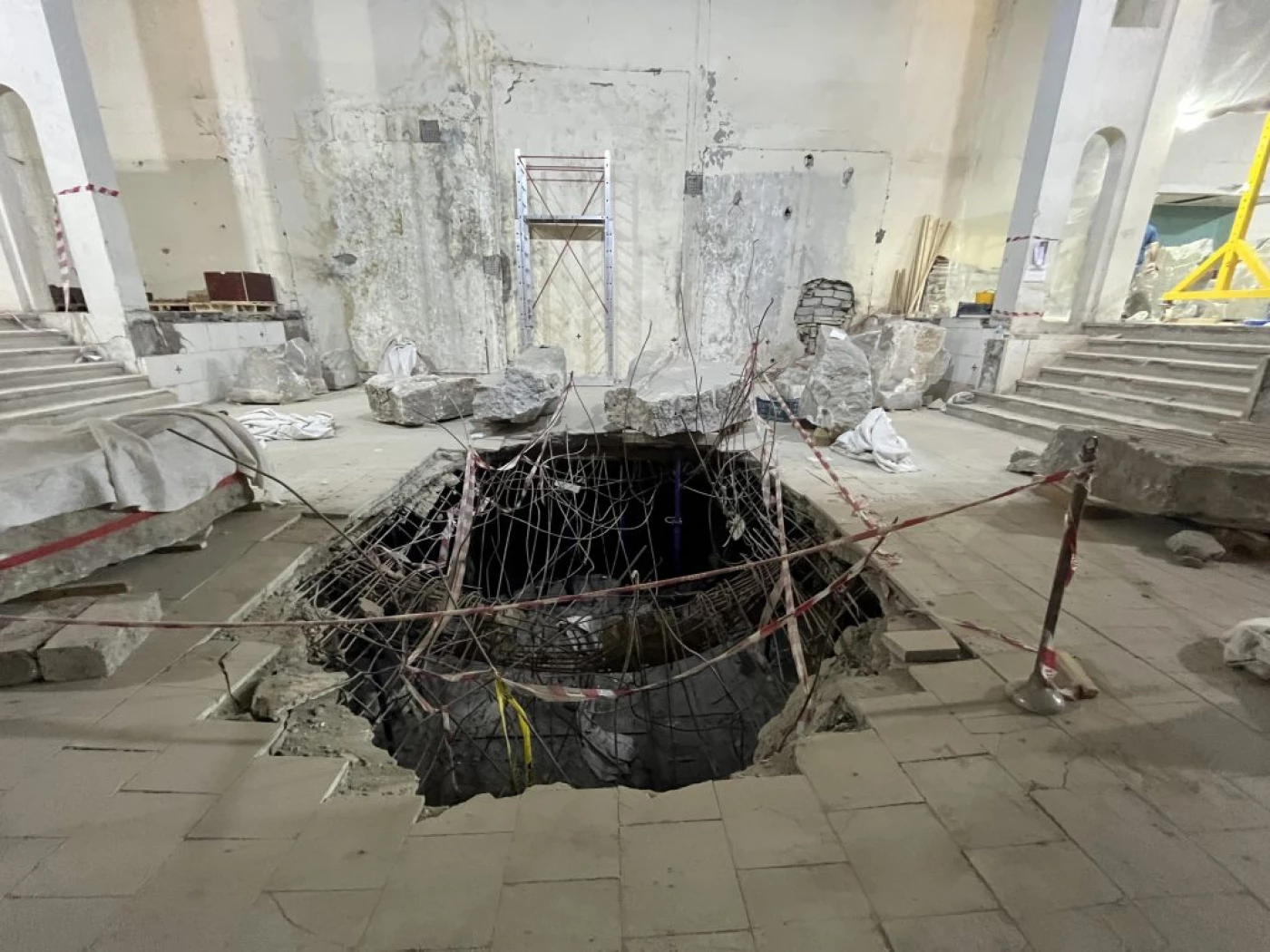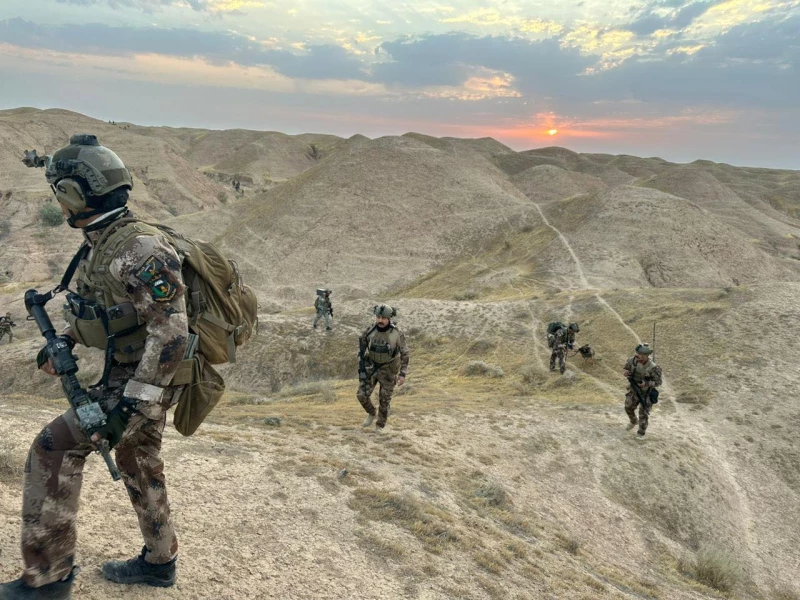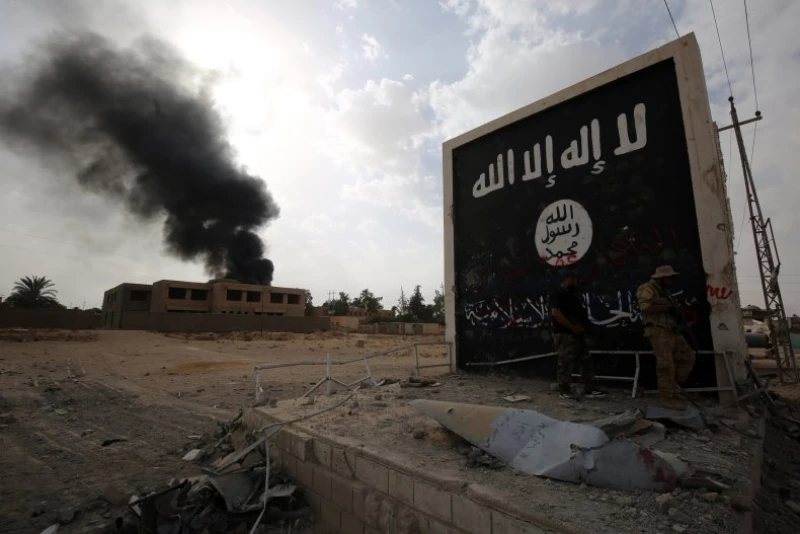ERBIL, Kurdistan Region of Iraq - During their three-year-long rule across parts of northern and western Sunni regions of Iraq, the Islamic State (ISIS) "systematically" destroyed over 100 cultural heritage sites and religious shrines, according to the latest report published by UNITAD on Sunday, prior to its closure.
“From around 10 June 2014, when ISIL took over Mosul, until 26 August 2017, when the Iraqi forces recaptured Tal Afar from ISIL, ISIL damaged and/or destroyed at minimum several dozens of Shi’a, Sunni, Christian, Yazidi and Kaka’i cultural heritage sites,” announced UNITAD in a 31-page findings report.
The United Nations Investigative Team to Promote Accountability for Crimes Committed by Da’esh/ISIL (UNITAD) was established in 2017 to investigate crimes by ISIS. UNITAD's mandate in Iraq will come to an end on Tuesday.
The destroyed heritage sites included "30 religious structures belonging to the Shi’a Turkmen community" in Bashir and Tal Afar, "two Sunni shrines" in and near Tikrit, and "some 20 cultural heritage sites, including mosques, shrines, husseiniyat (congregation halls) and cemeteries belonging to mostly the Shi’a Shabak community residing in villages surrounding Mosul city,” the report said.
Additionally, “some 28 Yazidi shrines or temples around Sinjar Mountain and in the Bashiqa-Bahzani villages… at least five Kaka’i shrines,” were destroyed by the extremist group.
“At least ten Christian sites were burnt, damaged, vandalised, looted and in some cases used by ISIL for military training, shooting practice, as courts and as detention facilities.”
During their rule, ISIS destroyed several landmarks in Mosul city including Al-Nabi Younus mosque, and Mosul Museum.
“By the end of May 2016, 41 buildings of historical value in Mosul were verified to have been either ruined or completely razed to the ground," the UN body detailed.
In addition to the religious shrines, “200,000 buildings were either damaged or destroyed” in Mosul during the nine-month-long battle to retake the city.
Seven years into the ultimate territorial defeat of ISIS, the group remains a security threat in Iraq through its remnants.
The Iraqi ministry of the interior on Friday announced that in a late August operation, they killed Abu Muslim, the extremist group’s second most powerful man in Iraq.
ISIS controlled large swathes of territory in parts of Iraq and Syria following their rise in 2014. The group was declared territorially defeated in 2019.
The group no longer controls any territory, but they are active in their hit-and-run operations, posing serious danger to security around the areas that they had once controlled.
Three days ago, UNITAD published another detailed 155-page report on atrocities the extremist group committed against minorities and other groups in Iraq, notably the Yazidis.
In their September 12 report, the UNITAD announced "the "Digitization and Preservation of Daesh-related Materials" consisting of "over 20 million pages, representing 445,000 case files.”
UNITAD detailed that the project has received massive support by Iraqi consultants and it will act as “the world's largest centralized database of ISIL (Da'esh)-related court files and original documents."
Like UNITAD, UNAMI has also announced it will leave Iraq in 2025.


 Facebook
Facebook
 LinkedIn
LinkedIn
 Telegram
Telegram
 X
X



